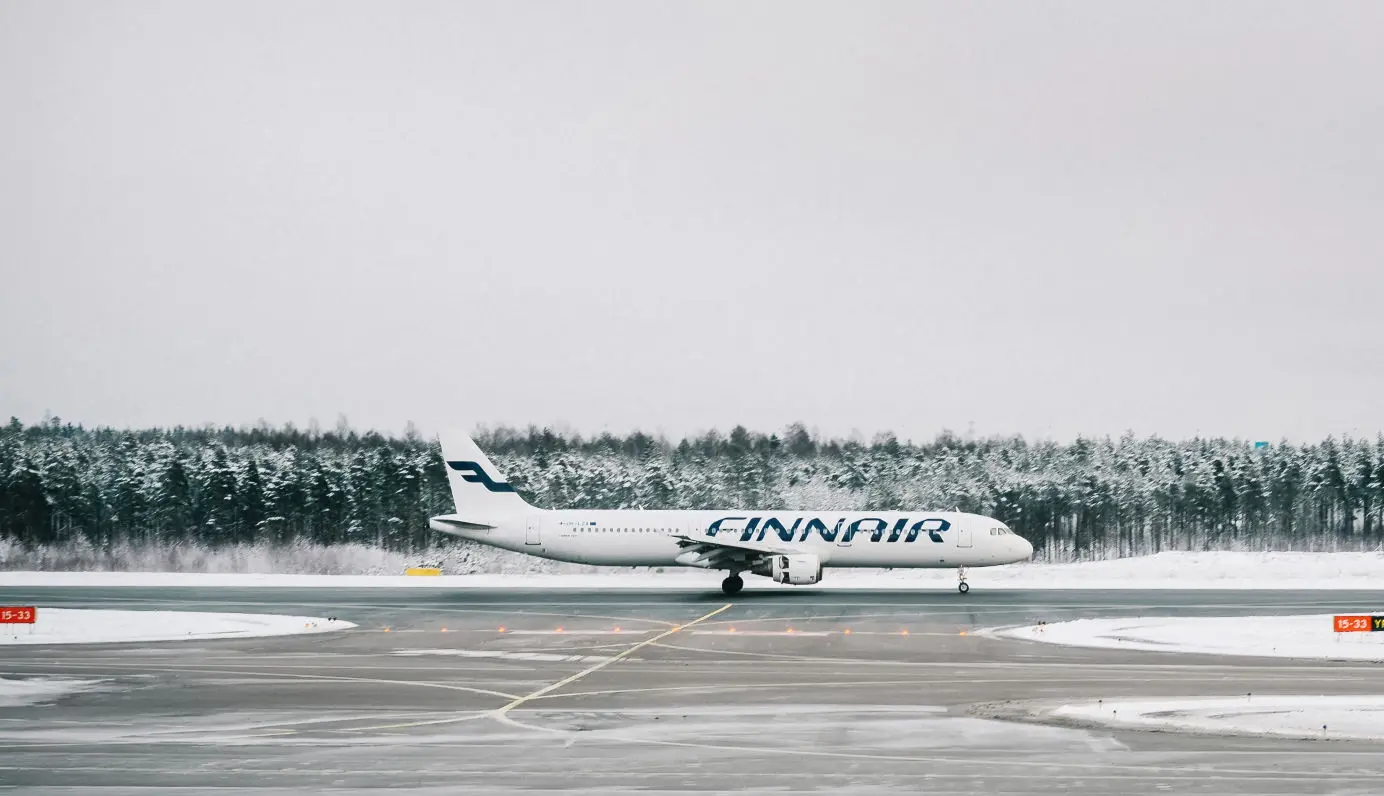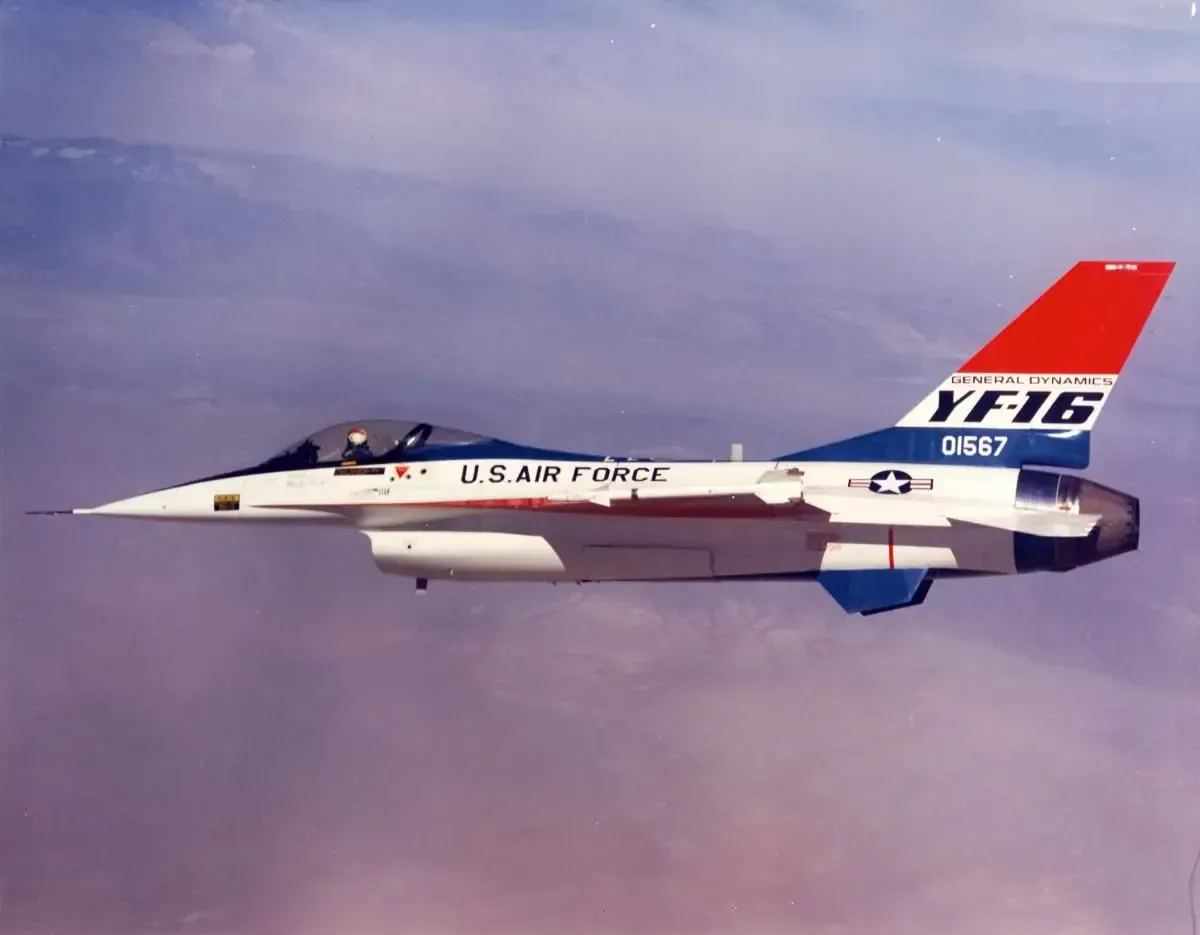
The Story of the Accidental F-16 First Flight
An accident during a test resulted in a slightly premature first flight.
Table of Contents
The General Dynamics F-16 "Fighting Falcon" is one of the most recognizable aircraft fighters in the modern world.
Its agility, versatility, and powerful engine have made it a popular choice. Not only in the United States Air Force but also in other nation's air defense efforts. So popular that more than 4.600 F-16 aircraft have been built since its introduction in 1976.
Although the F-16 has proved to be a reliable worker, the fighter had a troublesome beginning to its life. An accident during the development of the F-16 led to an unplanned first flight. Fortunately, the quick-witted pilot avoided disaster.
A disaster that could have brought down the F-16 fighter program itself.
About the F-16
The F-16 is a single-engine multirole fighter aircraft developed by General Dynamics for the United States Air Force. Its key visual features include the characteristic high-visibility bubble canopy and the "smiling" engine air intake.
It is a very agile aircraft and was the first fighter built to perform maneuvers at 9G. With the powerful General Electric F110 engine, the F-16 can reach speeds of over Mach 2. The engine also gives the F-16 a thrust-to-weight ratio greater than 1, making it capable of straight vertical acceleration.
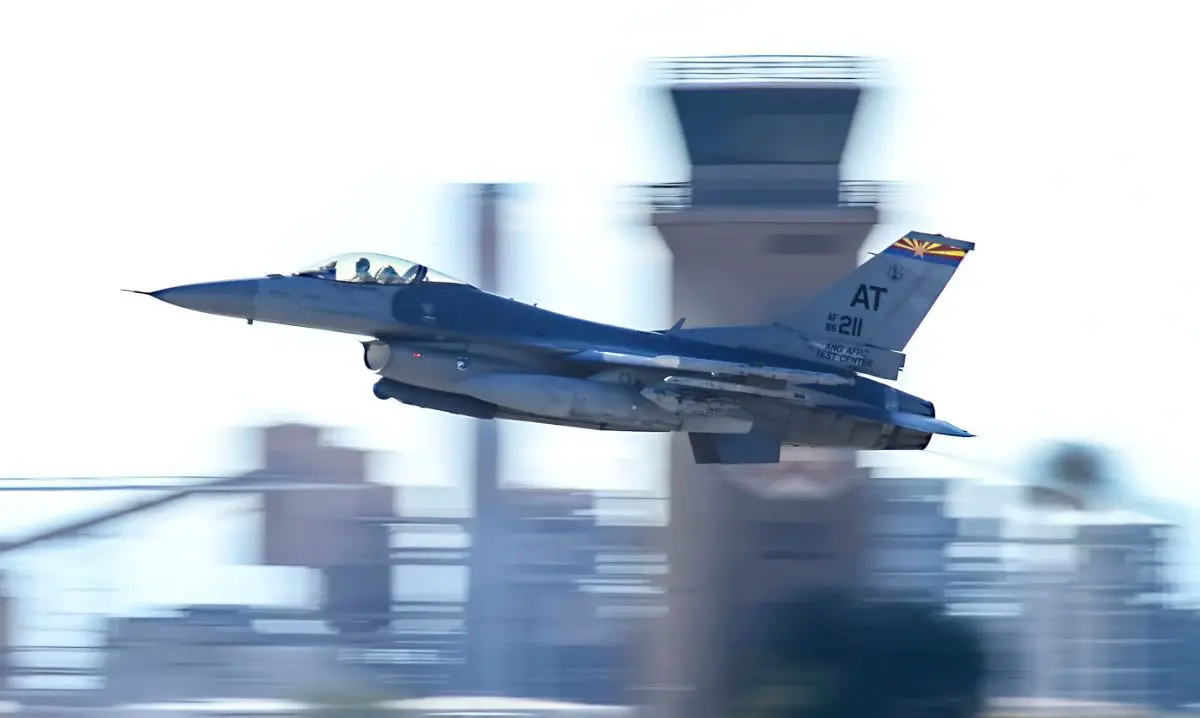
The Vietnam War showed the need for better, more capable air superiority fighters. At the same time, a new paradigm in fighter aircraft design also gained ground. It called for smaller and lighter fighters with high maneuverability, a minimum of energy loss, and a high thrust-to-weight ratio.
The US Department of Defense agreed to fund such a fighter and development began in the early 1970s. The DoD favored the idea of competitive prototyping for choosing the best prospect. Five companies submitted bids and in 1972, officials had narrowed them down to two. General Dynamics and Northrop were to each build a prototype and test it. The two companies planned the first flights for 1974.
General Dynamics entered the competition with their YF-16. It later won the bid and became the F-16. The first prototype rolled out on 13 December 1973.
From there, testing was about to start. And that was where the accident of the F-16 first flight happened.
The F-16 First Flight Accident
General Dynamics had scheduled the F-16 first flight for February 1974. Until then, the prototype would go through a series of tests.
One of them was a high-speed taxi test on 20 January 1974 at Edwards Air Force Base in California. During this test, the prototype would accelerate to high speeds down a taxiway without getting airborne.
Phil Oestricher, an experienced navy pilot and engineer, was behind the controls.
When the test began, he accelerated down the taxiway as planned. To check the aircraft's roll response, Oestricher applied aileron control. Suddenly the YF-16 entered a strong roll oscillation. The aircraft rolled left and right alternately. So much that it scraped its left wing and right stabilator against the taxiway surface.
Oestricher tried to regain control but the YF-16 began to drift to the left. He knew that high speeds combined with running off the taxiway would likely end with a crash. So he punched forward the engine throttle to try to get the aircraft airborne instead.
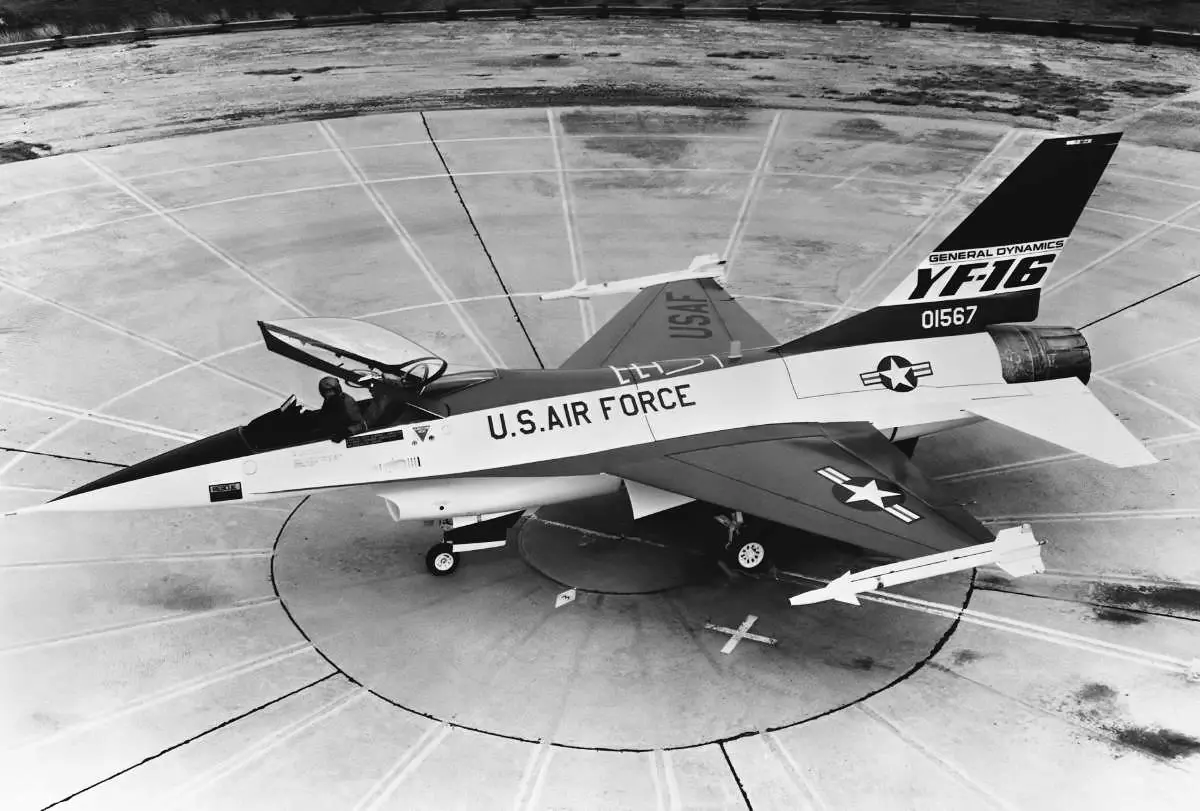
But it took a while to reach takeoff speed. Meanwhile, Oestricher still struggled for control.
He finally got the jet in the air for what became the unscheduled first flight. Six minutes later, the unfortunate test pilot landed safely.
General Dynamics engineers quickly began analyzing the accident. It turned out that the roll control system was too sensitive and wiring issues in the engine exhaust caused it to produce too much thrust at low throttle settings.
Damage was minor and quickly repaired. The YF-16 was soon ready for its official first flight on 2 February 1974. This time everything went according to plan and the flight lasted for 90 minutes. With Phil Oestricher as the pilot.
The rest of the testing program continued without issues. The YF-16 became the F-16 and mass production could soon begin.
Disaster Avoided
What would have happened if the prototype had crashed?
It would certainly have put General Dynamics in a grim situation which might have been an issue when competing against Northrop. Maybe they would have won the bid instead of General Dynamics. Or maybe the Air Force would have lost interest in the project altogether and canceled the project.
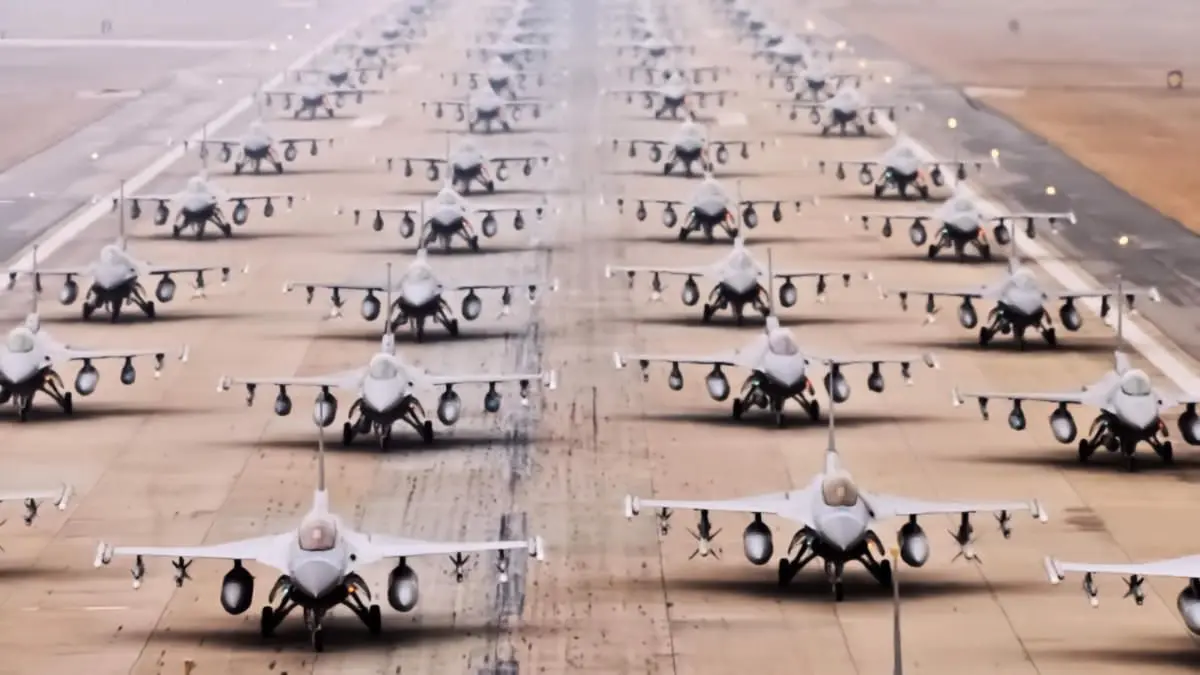
Fortunately, Oestricher did not crash that day. The YF-16 went on to win the competition and more than 4.600 F-16 units have been built. It's a fast, agile, and light fighter aircraft at a relatively low cost. Those are some of the reasons why it has been so successful in both the US and internationally.
It is difficult to tell what the USAF and other countries would have been flying if the F-16 did not happen.
But the world of military aviation would probably look somewhat different today if the YF-16 had crashed in 1974.
Planenerd Newsletter
Join the newsletter to receive the latest updates in your inbox.


